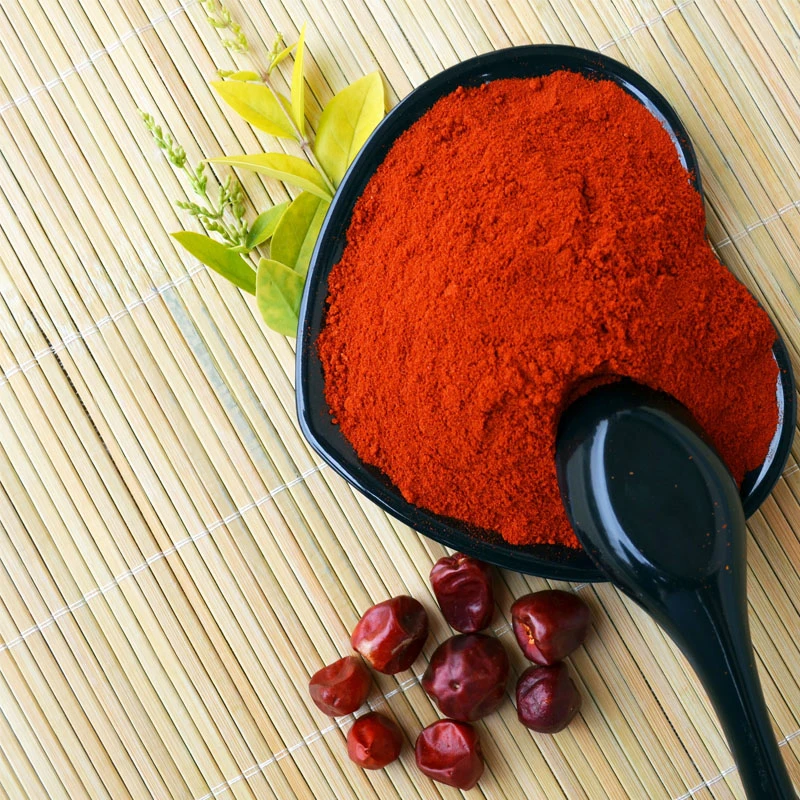- No. 268 Xianghe Street, Economic Development Zone of Xingtai city, Hebei 054001 China
- Byron@hbhongri.cn
dried red chili
The Vibrant World of Dried Red Chili
Dried red chili has carved a significant niche in global cuisine and traditional medicine. Characterized by its deep red color and pungent flavor, it is valued not only for its ability to add heat and complexity to dishes but also for its health benefits. This article explores the various aspects of dried red chili, from its culinary uses to its medicinal properties.
Culinary Uses
Dried red chili varieties are prevalent in many culinary traditions around the world. In Indian cuisine, for example, these chilis are integral to countless dishes. Commonly used in the form of chili powder or whole dried pods, they offer a rich spectrum of flavors—from fruity and smoky to fiery hot. Indian curries, chutneys, and pickles often incorporate dried red chili to achieve a perfect balance of heat and aroma.
In Mexican cooking, dried red chili is essential for preparing salsas, sauces, and marinades. Varieties such as ancho, guajillo, and pasilla are often ground into powders or reconstituted in water to enhance the flavors of dishes like mole and enchiladas. The depth of flavor brought by these dried chilis is unmatched, making them a staple in Mexican kitchens.
In addition to Indian and Mexican cuisine, dried red chili is also popular in Thai, Korean, and Chinese dishes. For instance, in Thai cooking, the use of dried bird’s eye chili is common in curries and stir-fries, providing a fierce punch of heat. Similarly, in Chinese cuisine, dried red chili is utilized in various stir-fry dishes and sauces to achieve a spicy profile that complements the overall flavor.
Health Benefits
Dried red chili is more than just a flavor enhancer; it is also packed with numerous health benefits. Most notably, dried red chili contains capsaicin, a compound responsible for its spiciness. Capsaicin is known to have anti-inflammatory properties and can help improve digestion. Studies have also suggested that capsaicin can aid in weight loss by boosting metabolism and promoting fat oxidation.
dried red chili

Moreover, dried red chili is rich in vitamins A and C, which are essential for maintaining healthy skin, vision, and the immune system. The presence of these vitamins makes dried red chili a potent ally against various ailments. Antioxidants found in chilis also play a crucial role in protecting the body from oxidative stress and reducing the risk of chronic diseases.
In traditional medicine, especially in cultures such as Ayurveda and Traditional Chinese Medicine, dried red chili has been used to enhance circulation and relieve pain. Topical applications of chili-infused oils or ointments are believed to provide relief from muscle aches and arthritis.
Preservation and Storage
One of the remarkable features of dried red chili is its long shelf life. By removing the moisture content, dried chilis can be stored for months without spoiling. Proper storage is crucial to retain their flavor and potency. Dried red chili should be kept in an airtight container, away from direct sunlight and moisture. This ensures that their vibrant color and spicy flavors remain intact for culinary use.
Conclusion
Dried red chili is a culinary treasure that transcends borders and cultures. Its multifaceted role in cooking—from providing heat and depth to enhancing nutrition—makes it an essential ingredient in kitchens around the world. Furthermore, its myriad health benefits underscore the importance of this vibrant spice in both culinary and medicinal practices.
As home cooks and professional chefs experiment with different varieties and preparations, the legacy of dried red chili continues to grow. Whether you’re spicing up a simple dish or reconnecting with traditional recipes, dried red chili brings flavor and vibrancy that are hard to replicate. So, the next time you reach for this fiery ingredient, remember its rich history and the many ways it can enhance your culinary adventures. Embrace the heat, and let dried red chili ignite your passion for cooking!
-
Turmeric Rhizome Powder: A Golden Treasure from Roots to TableNewsJul.28,2025
-
The Versatile Application Of Crushed Red Hot Peppers: Lighting Up The Red Flames On The Dining TableNewsJul.28,2025
-
The Paprika: A Touch Of Vibrant Red In Color, Flavor, And CultureNewsJul.28,2025
-
Ground Turmeric: A Modern Examination of an Ancient SpiceNewsJul.28,2025
-
Capsicum Liquid Extract: Features, Applications, and ChallengesNewsJul.28,2025
-
Application of Capsicum Liquid Extract in FoodNewsJul.28,2025







